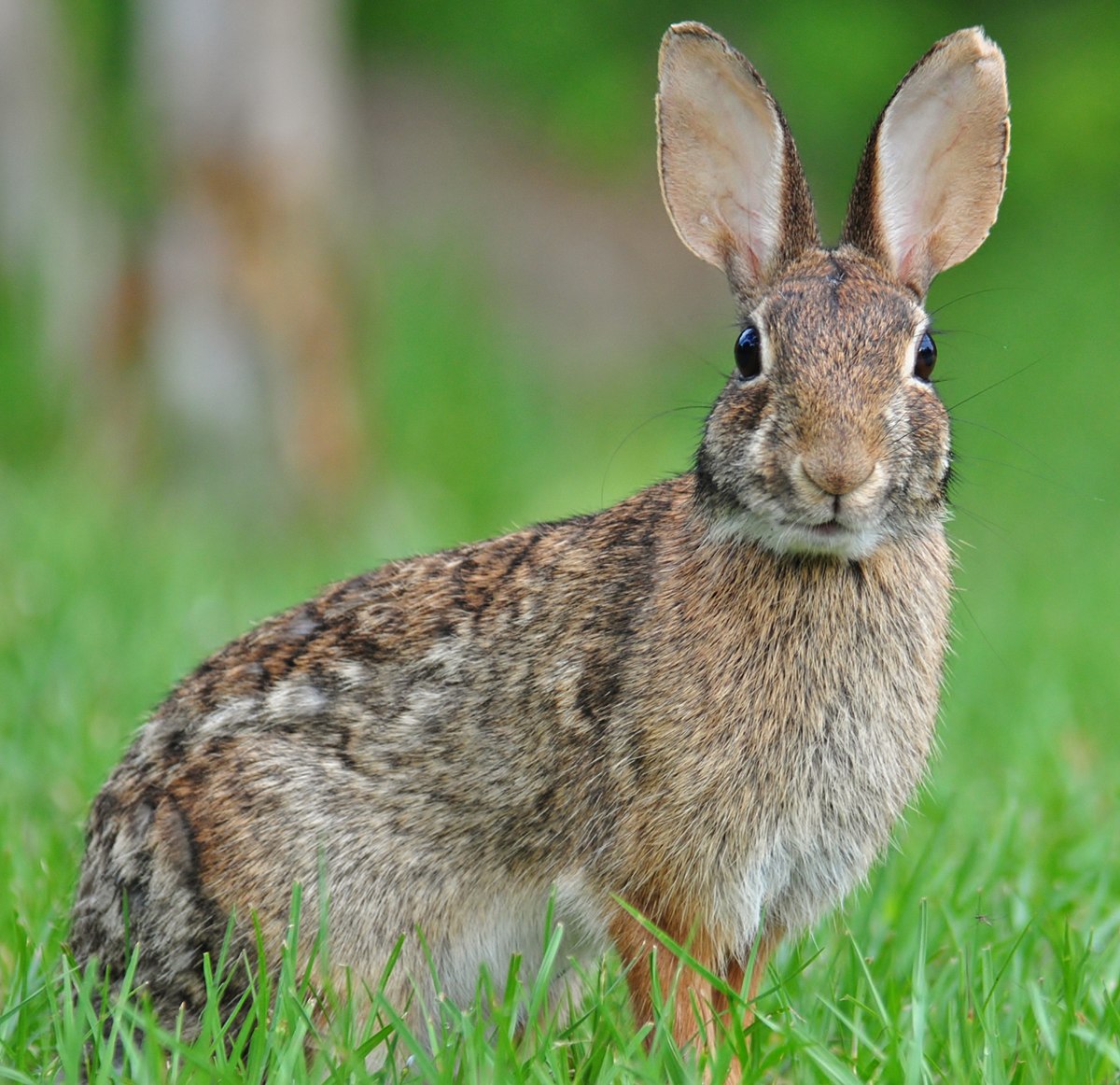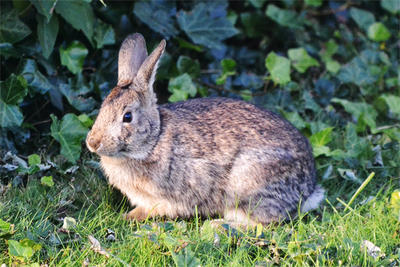This allows them to be so fast in escaping from predators. Eastern Cottontail Rabbits are common from coastal to mountain regions and are the most hunted animal in the eastern United States.
 Eastern Cottontail Rabbit National Geographic
Eastern Cottontail Rabbit National Geographic
Eastern cottontails are crepuscular meaning they are most active around dusk and dawn.
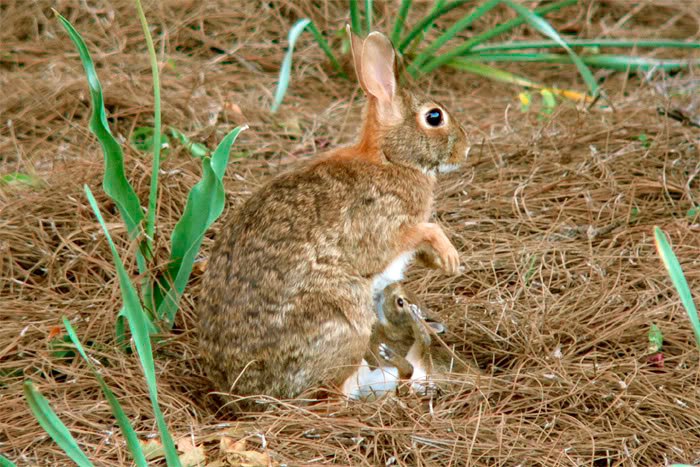
Do eastern cottontails live in groups. They are named cotton tail because of its tail which is covered in cotton. Where do Cottontail Rabbits Live. These rabbits can produce 3-4 litters of around 5 kits each year beginning in early spring.
Cottontails are herbivores that eat grasses clovers and dandelions in summer and bark buds and twigs in winter. Social system - The eastern cottontail is solitary except when mating or raising young. Eastern cottontails are solitary and very territorial animals.
Adult cottontails occupy home ranges which may. Eastern cottontails do not dig burrows but rather rest in a form a shallow scratched-out depression in a clump of grass or under brush. An important habitat feature within each of these cover types includes rock.
Eastern cottontails are habitat generalists and can survive in many different environments or cover types. We can call them ubiquitous animals which means they are everywhere. Old fields grasslands shrublands and swamps can all be home to a resourceful rabbit.
Due to their often large populations in Eastern. Eastern Cottontail Rabbits have powerful hind legs which are longer than their front legs and their hind feet are also very long. Eastern cottontail rabbits reside throughout the eastern United States and parts of Canada and Mexico.
Left untreated 999 death rate Euthanize if large patches of fur missing or badly injured Place bunny in box over heating pad set on HIGH keep this setting for 2-3 days Clean scratches punctures missing hair. From South America to Canada in US Green Plains and in East Cost. Most common type of rabbits that are found everywhere are eastern cotton tail.
They often remain in one spot unmoving for long periods of time. This extremely high potential rate of reproduction can cause rabbit populations to greatly increase in numbers over very short periods of time. They are also coprophagous which means they eat their own droppings.
The cottontail bunny is a midsize rabbit and a herbivore and female cottontails average three to four litters per year. Further summary of diseases and pests is available. The average life span of an eastern cottontail in the wild is usually less than three years.
They are active year-round and typically live in one home range throughout their lifetime. Cottontails can reproduce by one year of age and a reproductively mature doe can have up to five litters of three to eight young in a single season. Eastern cottontails are hosts to fleas ticks lice cestodes nematodes trematodes gray flesh fly larvae botfly larvae tularemia shopes fibroma torticollis and cutaneous streptothricosis.
The Eastern cottontail does not dig their own holes but they can re-use the. Outdoor Cage A common dilemma for first-time rabbit carers is where to put the cage in. Eastern Cottontail.
Mostly found in brown and grey color. Adults may form social hierarchies an outcome of aggressive encounters involving chasing and submission rarely fighting. They prefer an area where they can hide quickly but be out in the open.
They love living in groups so you may want to consider this if you are planning to take care of a big group of Eastern Cottontails. Eastern cottontails Sylvilagus floridanus vary from gray to brown and have large ears and hind feet and short white tails. They are distributed throughout almost every climate and in other parts of the United.
The cottontail rabbits are most common species that can be found all over the Eastern-to mid- Western USA from Canada to South America. When fleeing predators they run in a zigzag pattern and can jump sideways to disrupt their scent trail. The cottontail rabbits usually like to live on the edges of fields and meadows where there are plenty of herbs and grasses and also brushwood covered with.
The eastern cottontail has to contend with many predators both natural and introduced. They may use the dens of groundhogs as a temporary home or during heavy snow. Consider these pros and cons.
Males do not participate in raising their young. They live in residential lawns and other grassy areas near woods or shrubs that provide cover. Dominant males do most of the breeding but they do not maintain pair bonds nor aid in the care of the young.
Rabbits that live indoors have longer lives and are more social and happy. They are common sights in farm fields orchards hedgerows and backyards but they survive in remote woodland areas too. In captivity though a cottontail rabbit can live up to eight years.
Cottontail rabbits play important roles in their ecosystems. Intake Procedure Eastern Cottontails Cat Scratches and Bites. A wild population of eastern.
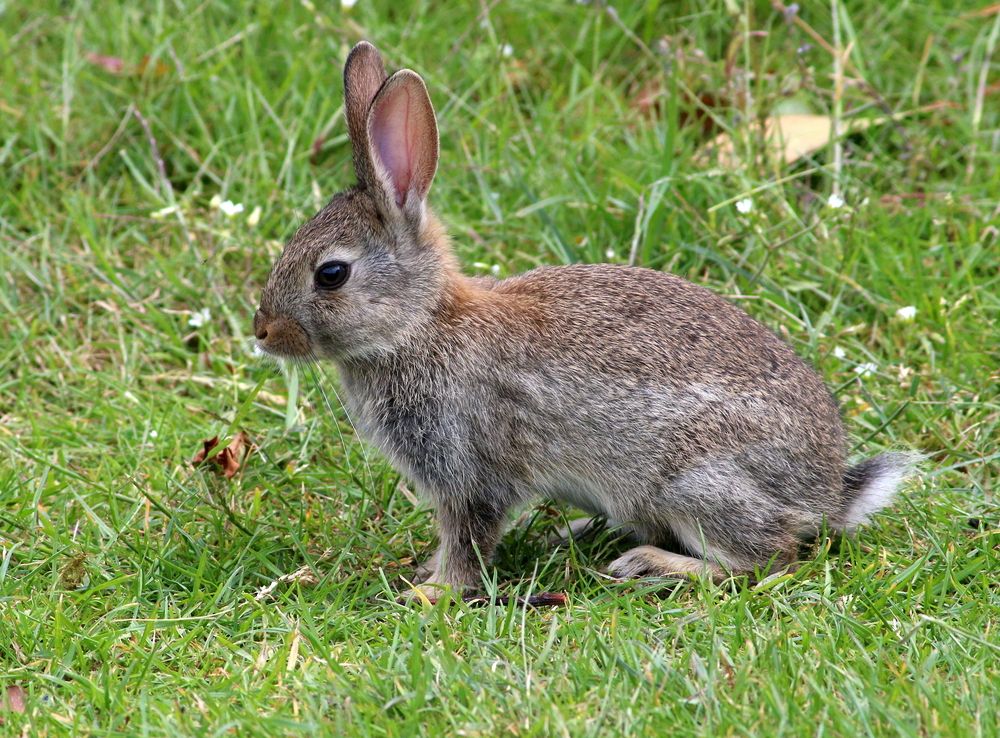 Rabbits Habits Diet Other Facts Live Science
Rabbits Habits Diet Other Facts Live Science
 Eastern Cottontail Cottontail Rabbit Missouri Department Of Conservation
Eastern Cottontail Cottontail Rabbit Missouri Department Of Conservation
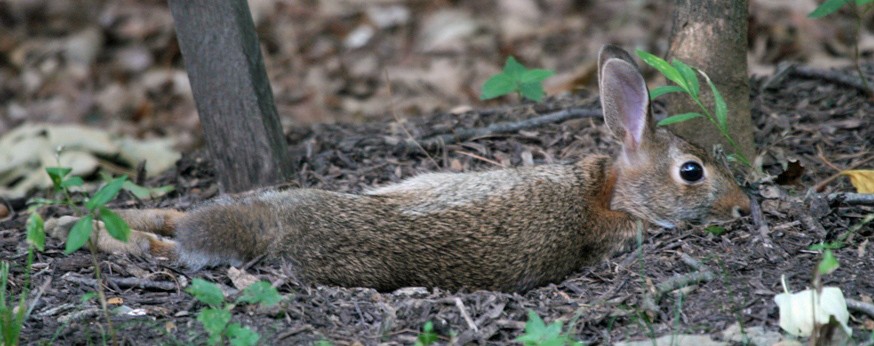 All About The Eastern Cottontail Rabbit Welcome Wildlife
All About The Eastern Cottontail Rabbit Welcome Wildlife
 All About The Eastern Cottontail Rabbit Welcome Wildlife
All About The Eastern Cottontail Rabbit Welcome Wildlife
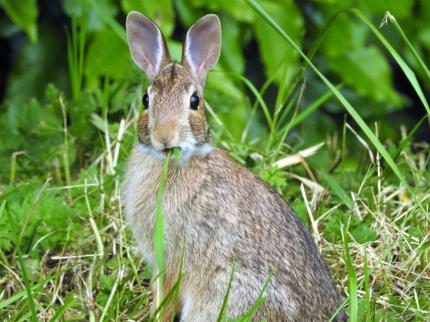 Living With Wildlife Rabbits Washington Department Of Fish Wildlife
Living With Wildlife Rabbits Washington Department Of Fish Wildlife
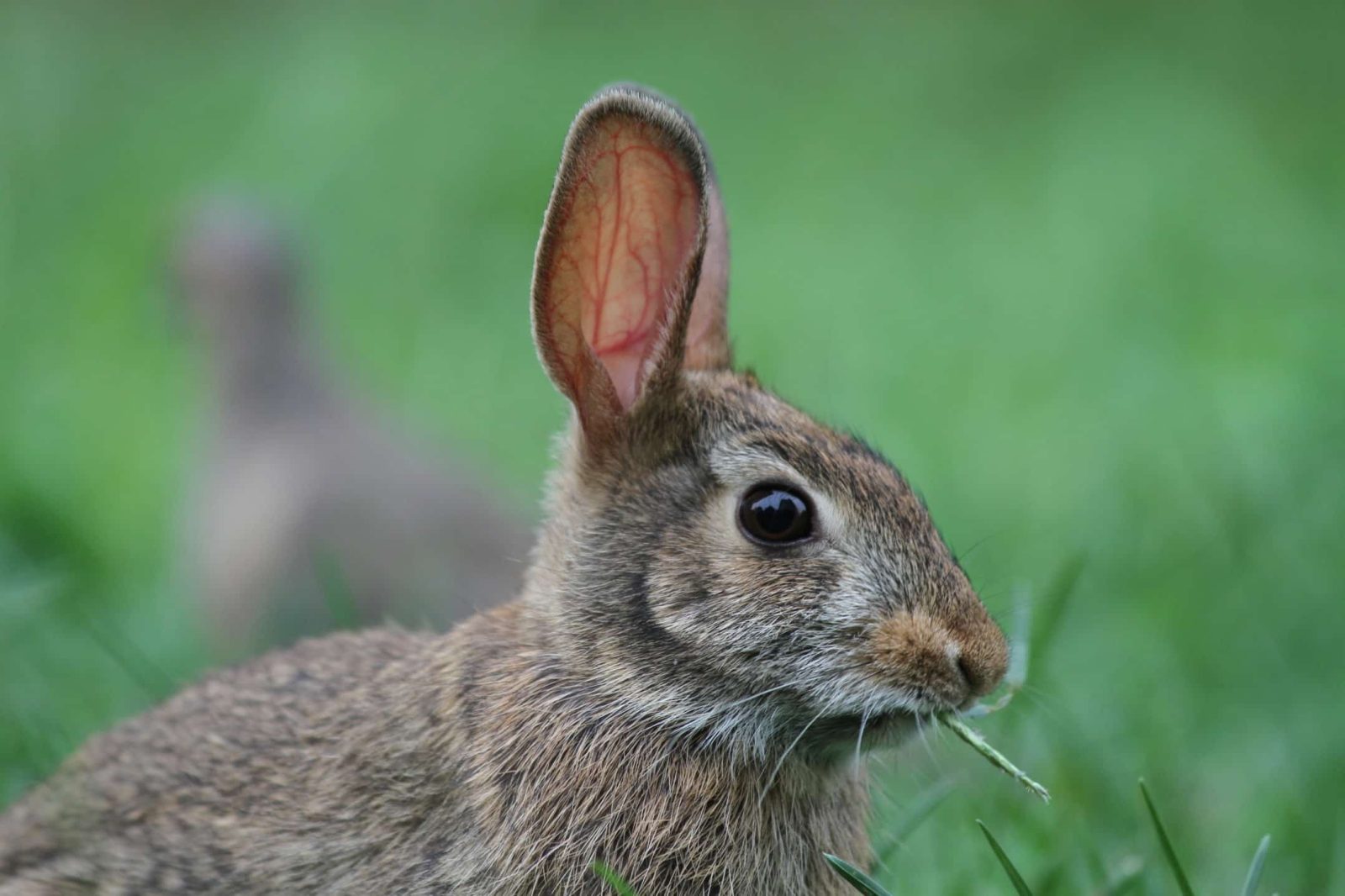 All About The Eastern Cottontail Rabbit Welcome Wildlife
All About The Eastern Cottontail Rabbit Welcome Wildlife
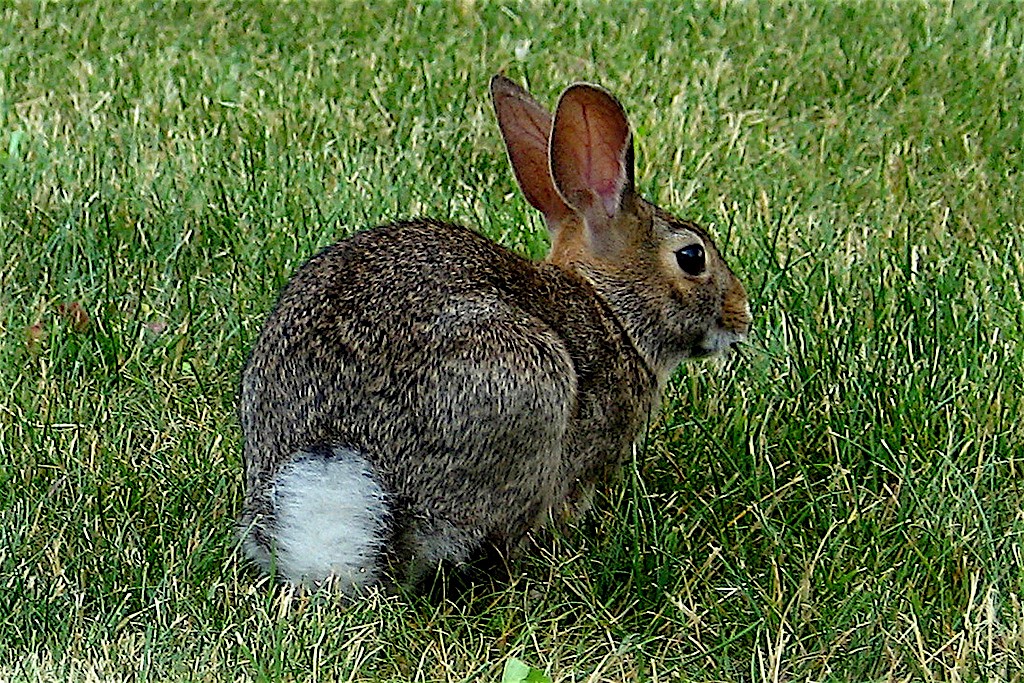 All About The Eastern Cottontail Rabbit Welcome Wildlife
All About The Eastern Cottontail Rabbit Welcome Wildlife
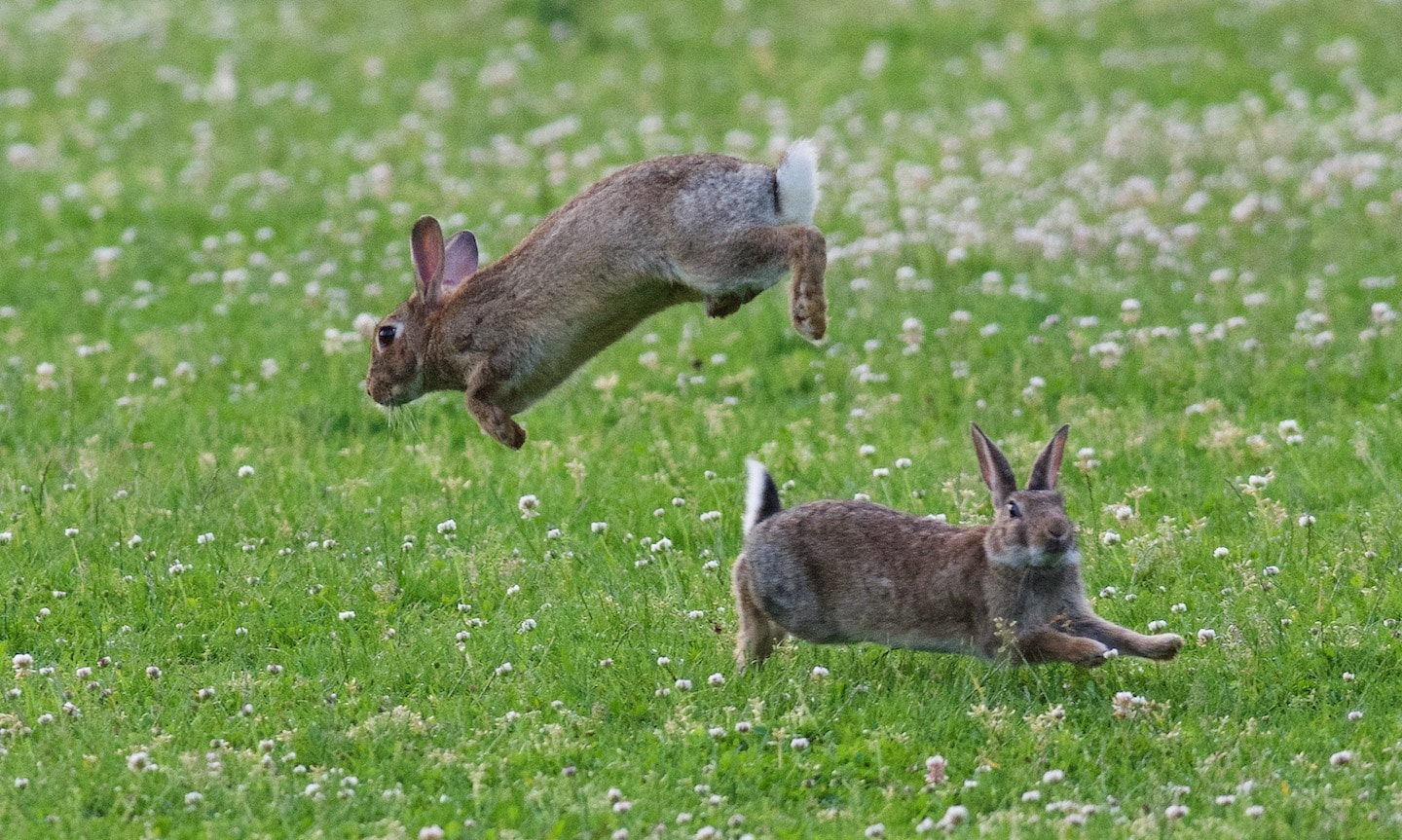 All About The Eastern Cottontail Rabbit Welcome Wildlife
All About The Eastern Cottontail Rabbit Welcome Wildlife
 Comparing Cottontails Nh Rabbit Reports
Comparing Cottontails Nh Rabbit Reports
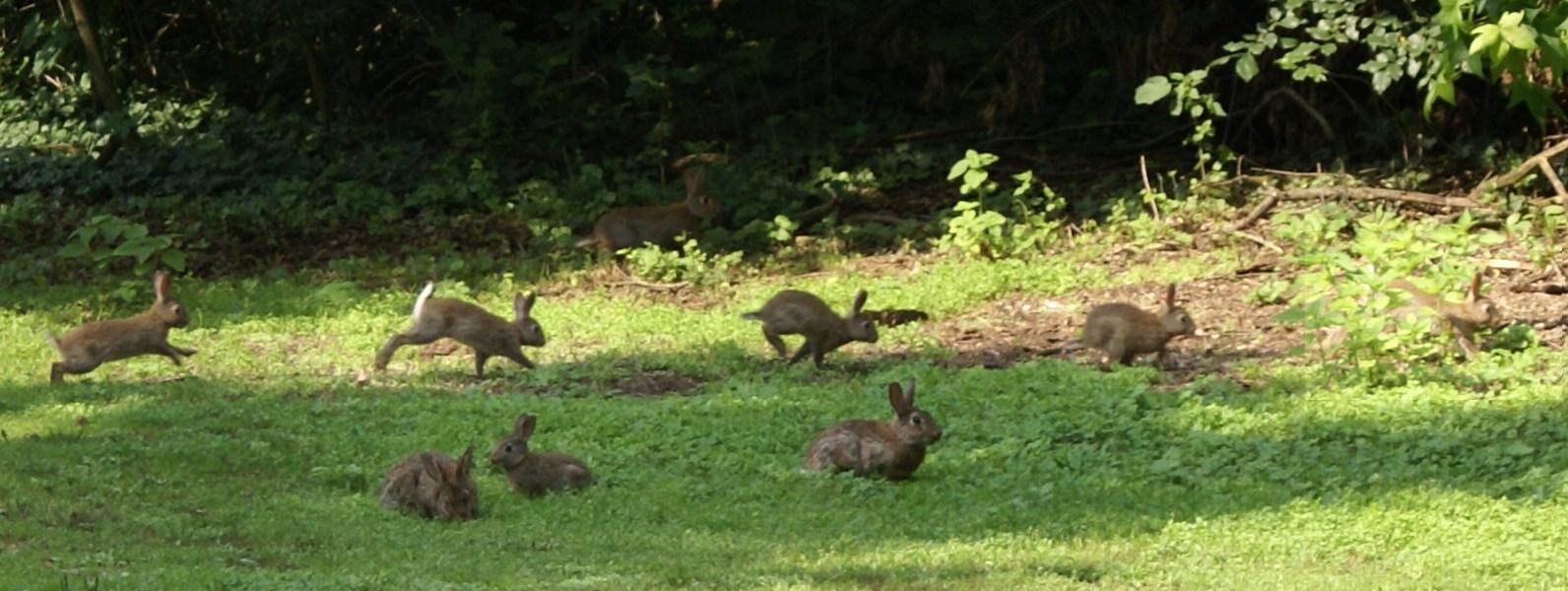 All About The Eastern Cottontail Rabbit Welcome Wildlife
All About The Eastern Cottontail Rabbit Welcome Wildlife
